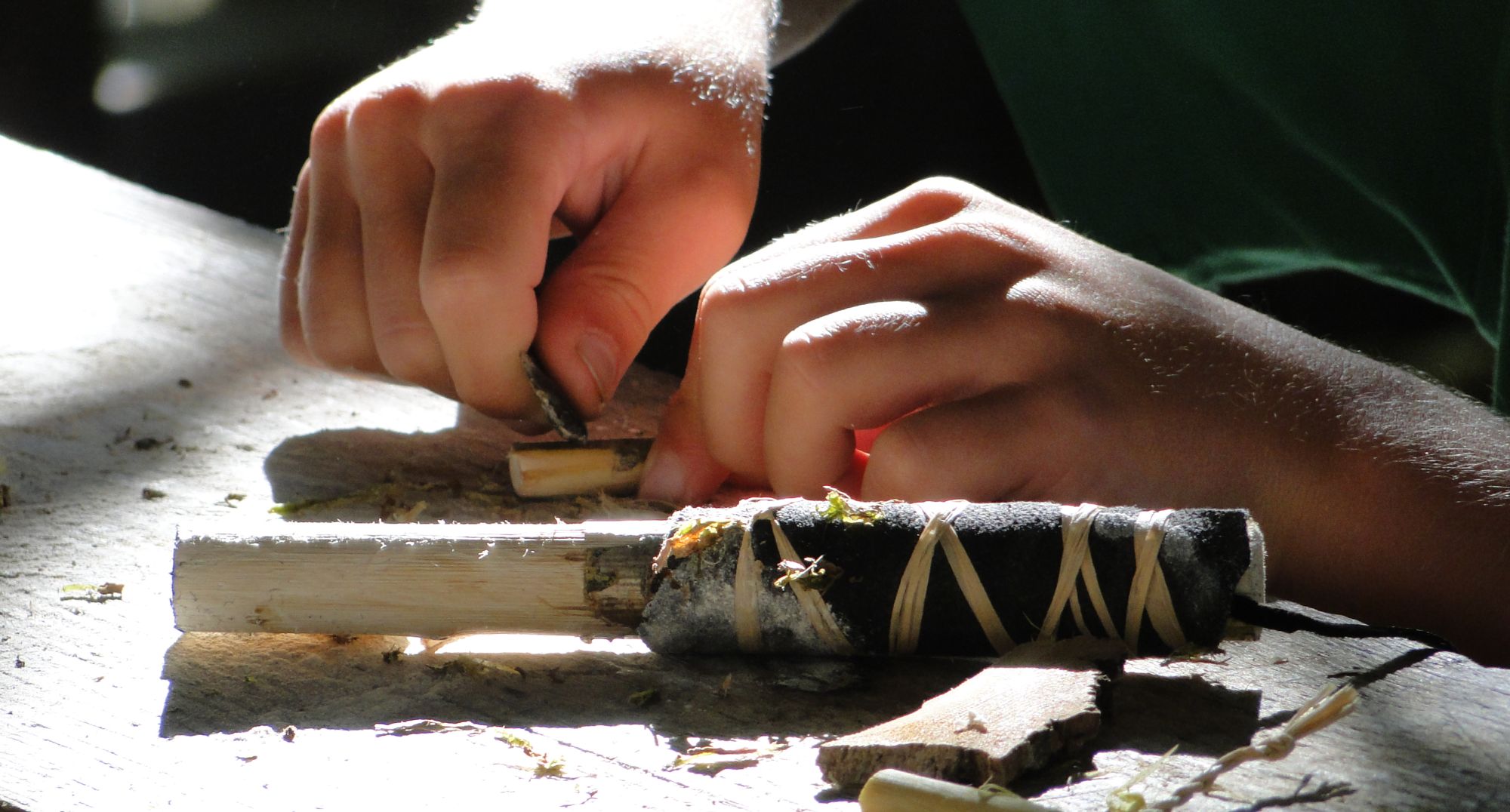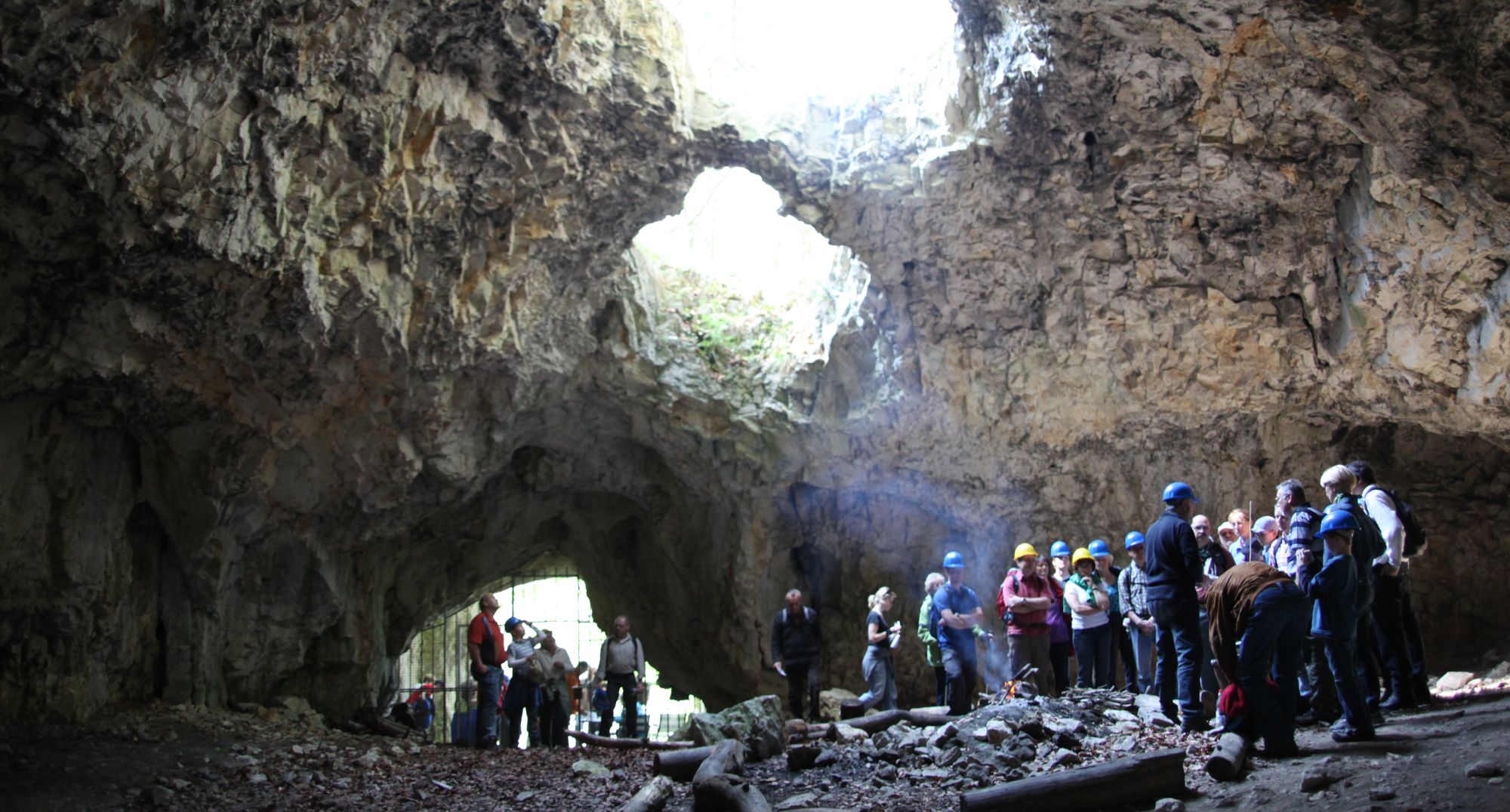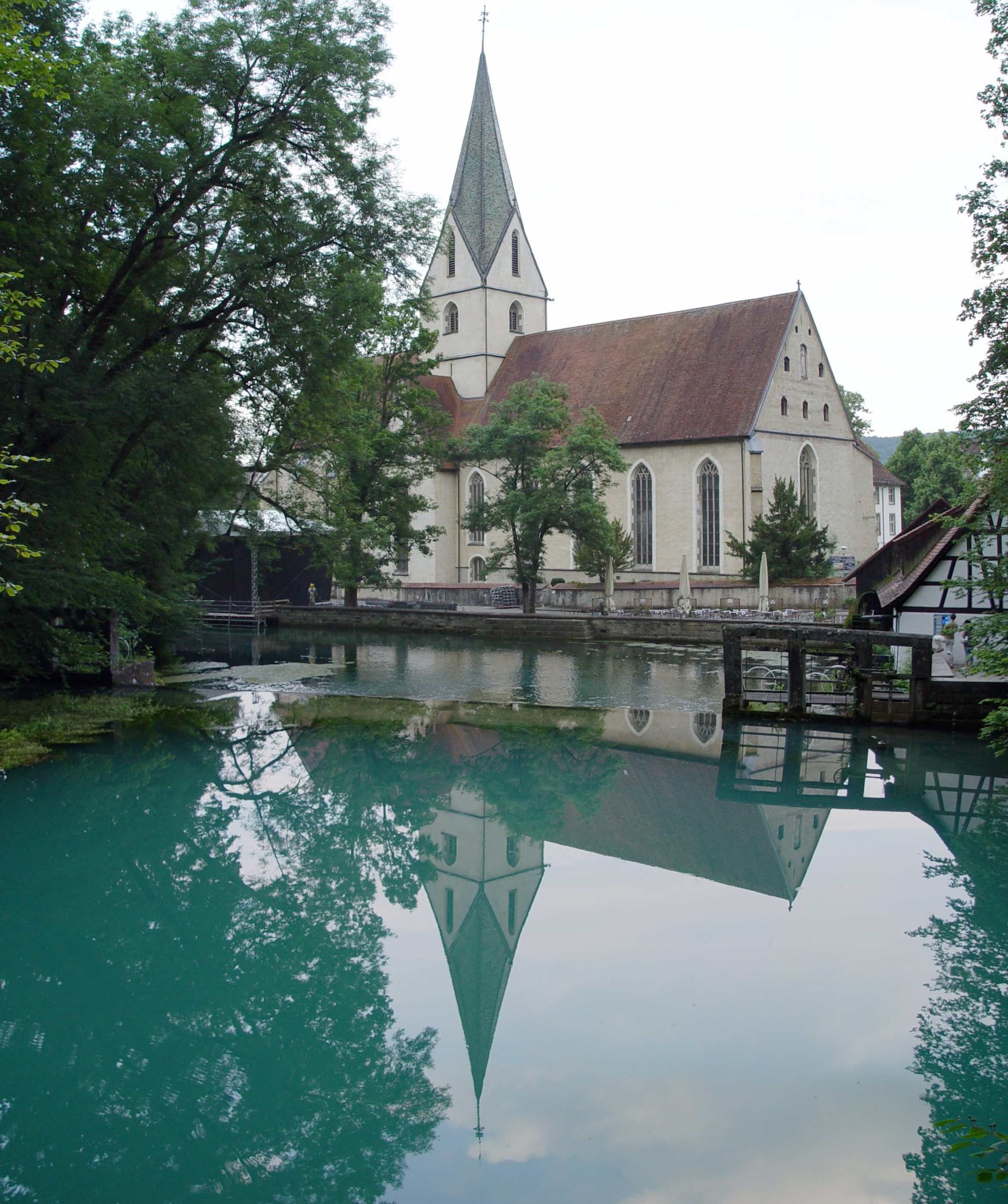The caves on the southern edge of the Swabian Alb are among the most important Palaeolithic sites in the world. Here, 40,000 years ago, early modern humans not only developed new tool techniques, but also created animal and human figurines made of mammoth ivory, which are the oldest known works of art of humankind.
In addition to Ice Age art, finds of musical instruments and a great multitude of Ice Age jewellery also attest to the new self-confidence of modern humans.
The Museum of Prehistory Blaubeuren (Urgeschichtliches Museum Blaubeuren, "URMU") is the central museum for Ice Age art and music. The world's unique works of art are presented thematically in treasure chambers.
The museum is located in the heart of the UNESCO World Heritage Site "Caves and Ice Age Art in the Swabian Jura".
Due to your privacy settings, Google Maps is blocked. Hit "Show Google Maps" to activate maps. Please also note the terms of our privacy policy.

Art & Music
The oldest figurative art – a female figure made of mammoth ivory from the Hohle Fels – as well as the oldest musical instruments made of mammoth ivory and bird bones are not only the highlights in the exhibition, but also unique worldwide.
Animal Figures
The animal and human figures of the Aurignacian of southwestern Germany make up a unique assemblage of the oldest art in Europe. These figures come from four cave sites on the Swabian Alb: Vogelherd and Hohlenstein-Stadel in the Lone Valley and Geißenklösterle and Hohle Fels in the Ach Valley.
The animal sculptures are made primarily out of ivory. Large and impressive animals such as mammoth and bison, as well as swift and dangerous animals like lions, play a special role in this art. One of the most impressive pieces of the southwest German Aurignacian is the Water Bird from the Hohle Fels.

Jewellery
Jewellery has a long tradition among humans. The first pieces of jewellery originated in Africa and were made by modern people over 100,000 years ago. In Europe, humans have been using jewellery as a sign of identity and group membership for over 42,000 years. In contrast to evidence of art and music, jewellery is much more common. Each region has developed its own particular forms of jewellery. Thus, even regional groups and possibly language boundaries can be identified in the Upper Palaeolithic.
Humans were quite inventive in their choice of jewellery materials; they used shells, ammonites, mammoth ivory, bones and animal teeth. Technically, great efforts were made for the production of beads, pendants and clothing trimmings. The fine workmanship of the surfaces of the objects is striking. Each archaeological cultural epoch developed its own standard forms and preferred a certain range of materials. In the Swabian Aurignacian, for example, hundreds of double-hole beads were made of mammoth ivory.

Femaleness – the Venus from Hohle Fels
The Venus from Hohle Fels is actually the oldest figurine of a woman made by humankind. The statuette is around 40,000 years old and was carved from mammoth ivory.
The Venus broke to pieces during the time she laid in the sediment. Six fragments could be put together to a pretty complete figurine. Instead of the head there is a thread guide at the neck. The Venus from Hohle Fels was once carried as a pendant, probably as an amulet. The over-exaggerated sexual characteristics are an eye catcher. The breast is exuberant and strongly protruded. The pubic with the open vulva is clearly visible and the waist is comparatively slender.

Sound Spaces – the Flutes from Geissenklösterle and Hohle Fels
The earliest evidence of musical instruments is about 40,000 years old. They are flutes made of bird bones and mammoth ivory. They were excavated in the caves of the Ach and Lone Valley on the southern rim of the Swabian Alb.
With these musical instruments, man created self-designed sound spaces for the first time. These are quite a contrast to the surrounding sounds of nature, which cannot be controlled by humans. Flutes provide expressions that go far beyond the possibilities of singing. But it is not only the originals and their possible sound spectra that are presented at the museum, but also the manufacturing process and the skills required, which illustrates the interplay of technical and cultural evolution. Another aspect is conveyed in a dance room where visitors have to move or dance to produce sounds from a mammoth ivory flute – because the result, whether for social interaction or individual expression, does not end with the object.
The Prehistoric Toolkit
The tool technology of modern humans covered a wide range of materials, but also of tool types. They used bone, mammoth ivory, antler, stone and wood to make blades, piercing sticks, scrapers and much more, which they in turn used to make clothing, bags, further tools and weapons. Plant fibres and the strings and baskets made from them are also presented. A development that resulted from the technical skills of the first modern humans and the available raw materials, some of which were severely affected by the extreme climatic changes of the time.







